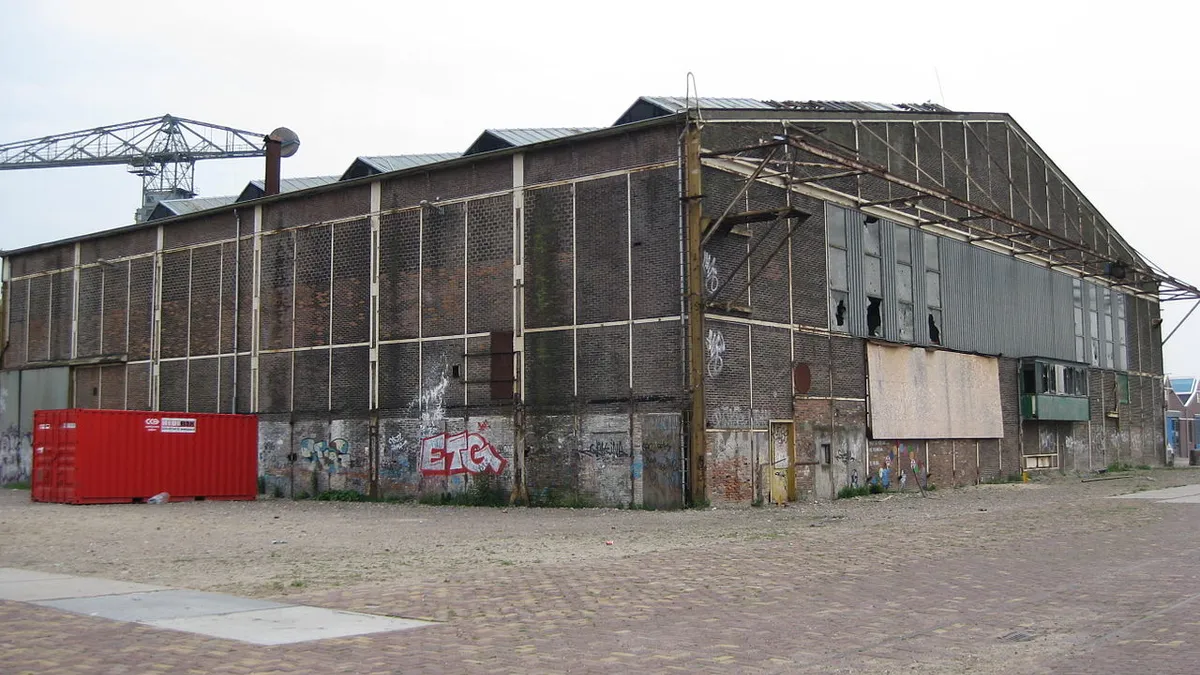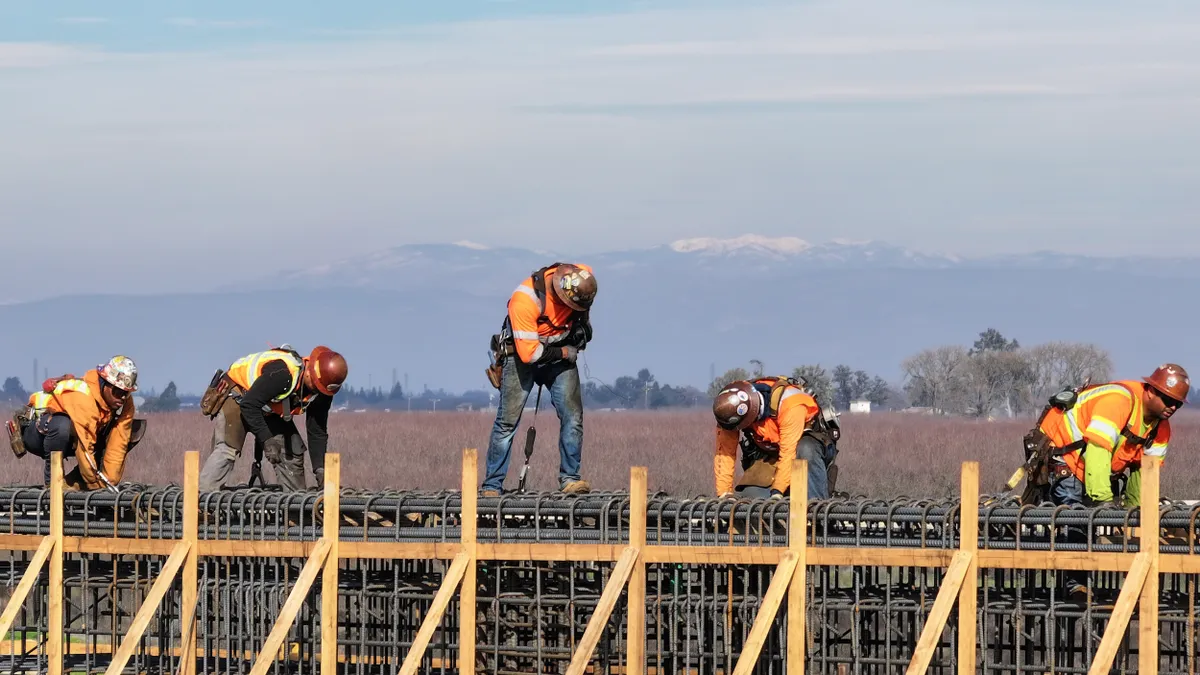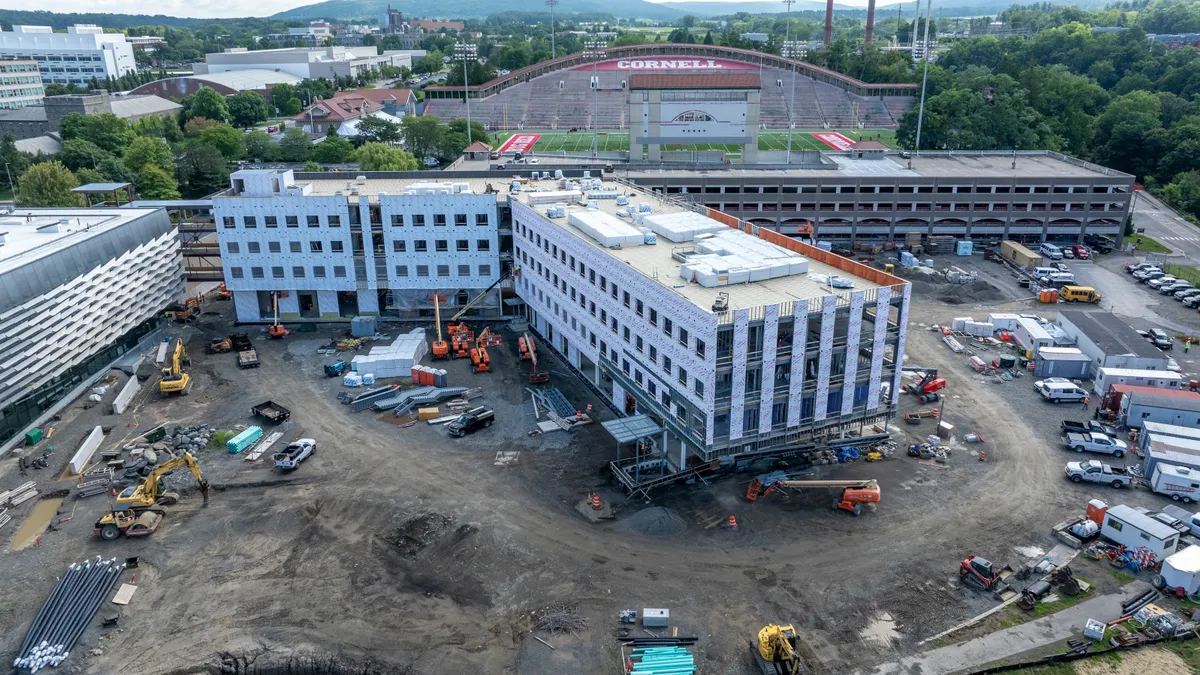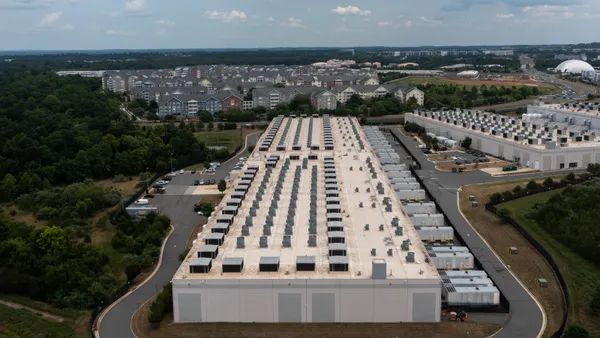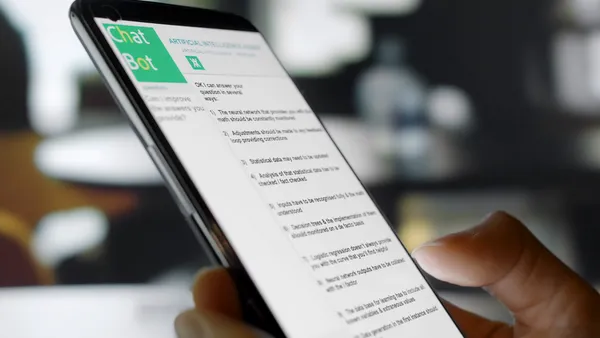Dive Brief:
- In its 3Q18 Commercial Real Estate Insights Report, professional organization CCIM Institute supports efforts to make adaptive reuse a distinct product category in the commercial real estate industry.
- The institute estimates that up to 2% of the 32 billion square feet of U.S. commercial real estate space is made up of adaptive reuse projects, but there is no current source that quantifies and tracks this segment. This leaves the real estate and construction industries in the dark about the demand for conversion of obsolete structures into revitalized and new uses, as well as other market factors, the report said. With an official definition, the institute said the industry can start to measure investment in this sector and use those figures to potentially encourage similar development nationwide.
- Adaptive reuse projects could be particularly beneficial to contractors, as these undertakings usually cost 15% to 20% less than their ground-up construction counterparts, according to the institute. In the face of rising labor and material costs, particularly given President Donald Trump's 25% tariff on steel imports, these projects might become more attractive to developers, thereby adding to the construction pipeline. Adaptive reuse developers are sometimes entitled to tax breaks or other financial incentives related to the renovation of historic structures as well.
Dive Insight:
The term adaptive reuse casts a wide net and can refer to projects as disparate as the conversion of railroad tracks into a linear park or an unsightly parking garage into a luxurious mixed-use complex.
A good example of adaptive reuse is the $200 million conversion of Bell Labs in Holmdel, New Jersey, into a mixed-use, urban-style development. When complete, the former AT&T research and development site will be called Bell Works and will feature a public main street, a rooftop hotel, offices, some nearby residences and other amenities.
One thing adaptive reuse projects sometimes have going for them over new construction is a historical — and often sentimental — link to the area that can be used to a new developer's advantage.
In Atlanta, developer Jamestown converted a 100-year-old Sears, Roebuck & Co. building, once a hub of the community, into Ponce City Market, a mixed-use complex that has turned out to be Atlanta's biggest adaptive reuse project ever, according to a report from Mother Nature Network.
Jamestown bought the building from the city of Atlanta and, by 2015, had spent $300 million on its restoration and conversion into a retail, office, and residential center with a rooftop amusement park. The complex is also situated next to the Atlanta BeltLine's Eastside Trail, another adaptive reuse project that saw the transformation of a former rail corridor into multiuse recreational trails.


